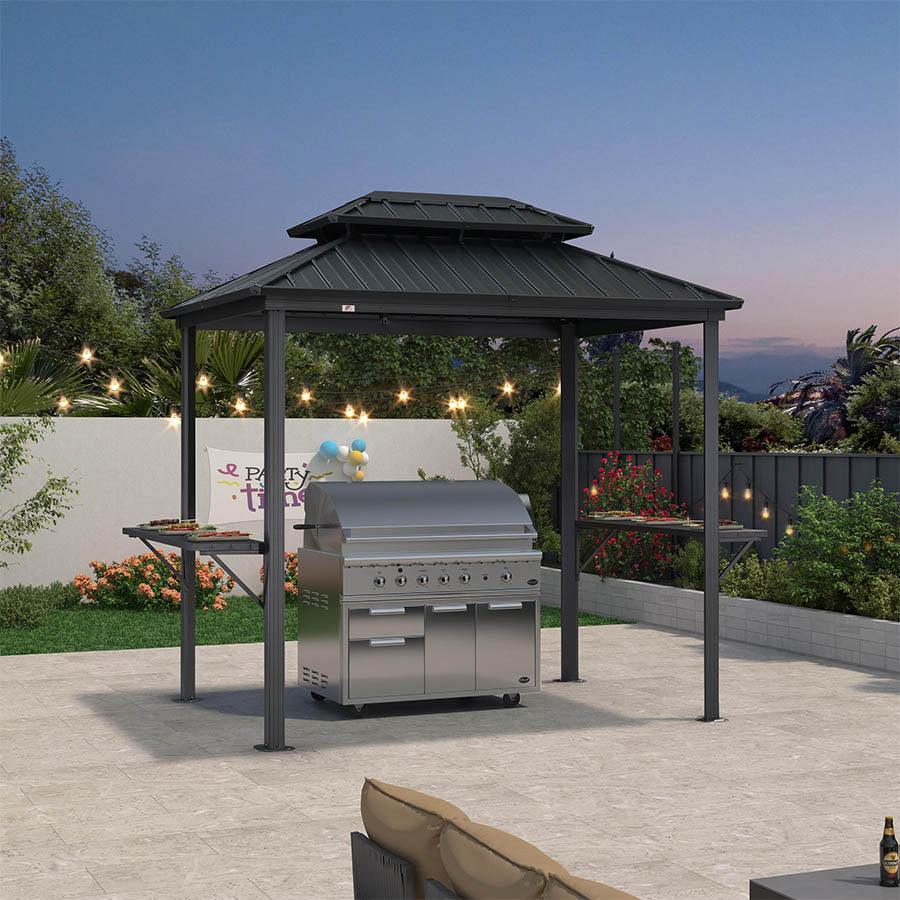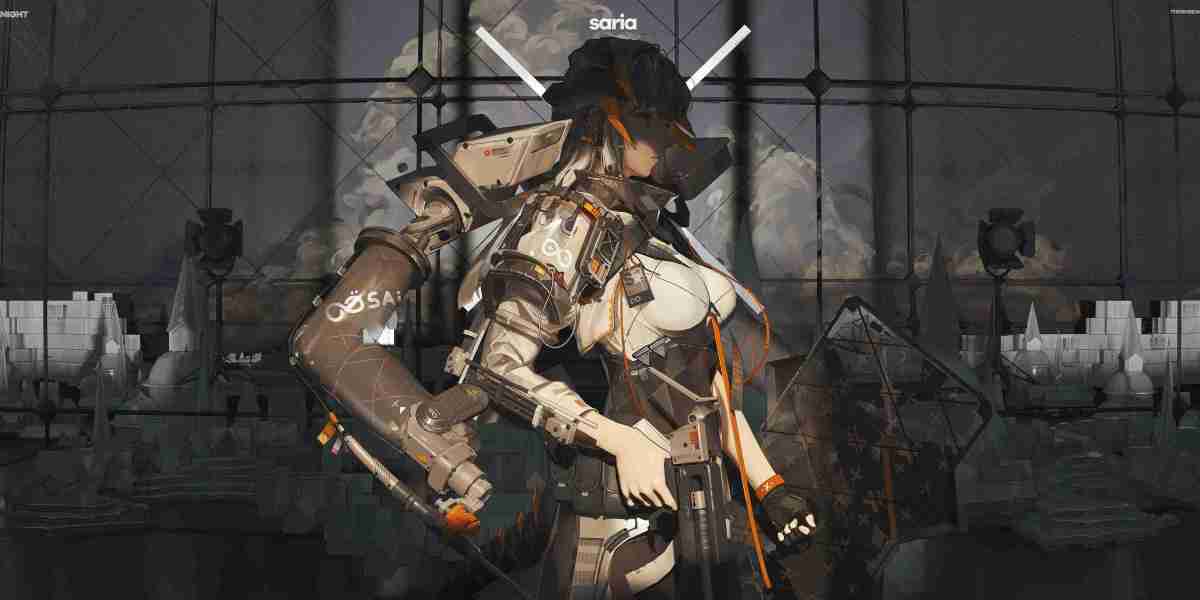The Origins of Open-Close Shelter Mechanisms
When it comes to , there are many questions and debates that still need to be addressed open-close shelter mechanism.Open-close shelter mechanisms have been an integral part of architectural design for centuries. From ancient civilizations to modern-day structures, the concept of controlling the openness and closure of a shelter has evolved significantly over time. The ability to adapt to changing environmental conditions while maintaining a comfortable living or working space has driven architects to innovate and explore new possibilities.

Advancements in Modern Architecture
In today's world, the evolution of open-close shelter mechanisms in modern architecture has reached new heights. Architects and designers are incorporating cutting-edge technologies and sustainable materials to create dynamic and responsive building envelopes. These mechanisms not only provide protection from the elements but also enhance energy efficiency and occupant comfort.
Integration of Smart Technologies
One of the most exciting developments in the field of open-close shelter mechanisms is the integration of smart technologies. Buildings can now adapt to changing weather conditions in real-time, adjusting the openness or closure of their facades to optimize natural light, ventilation, and thermal comfort. This level of responsiveness not only improves the building's performance but also reduces energy consumption and operational costs.
Future Prospects and Sustainability
As we look towards the future, the exploration of open-close shelter mechanisms in modern architecture continues to evolve. Sustainable design practices are becoming increasingly important, driving architects to create buildings that are not only aesthetically pleasing but also environmentally friendly. By incorporating open-close shelter mechanisms that promote natural ventilation, daylighting, and passive heating and cooling, architects can reduce the carbon footprint of buildings and create healthier indoor environments.
Exploring the evolution of open-close shelter mechanisms in modern architecture is a fascinating journey that showcases the innovative spirit of architects and designers. By embracing new technologies, sustainable practices, and creative design solutions, the buildings of tomorrow will not only be functional and beautiful but also responsive to the needs of their occupants and the environment.







